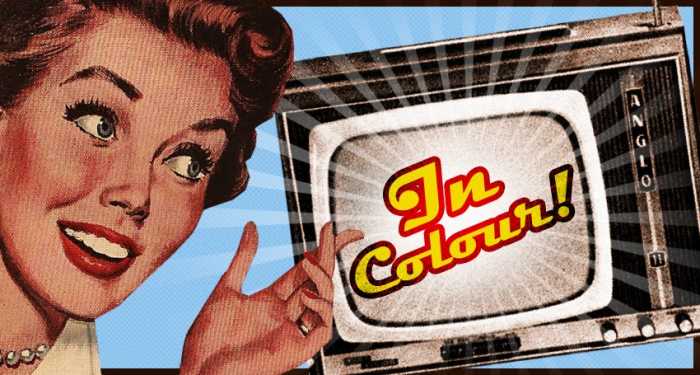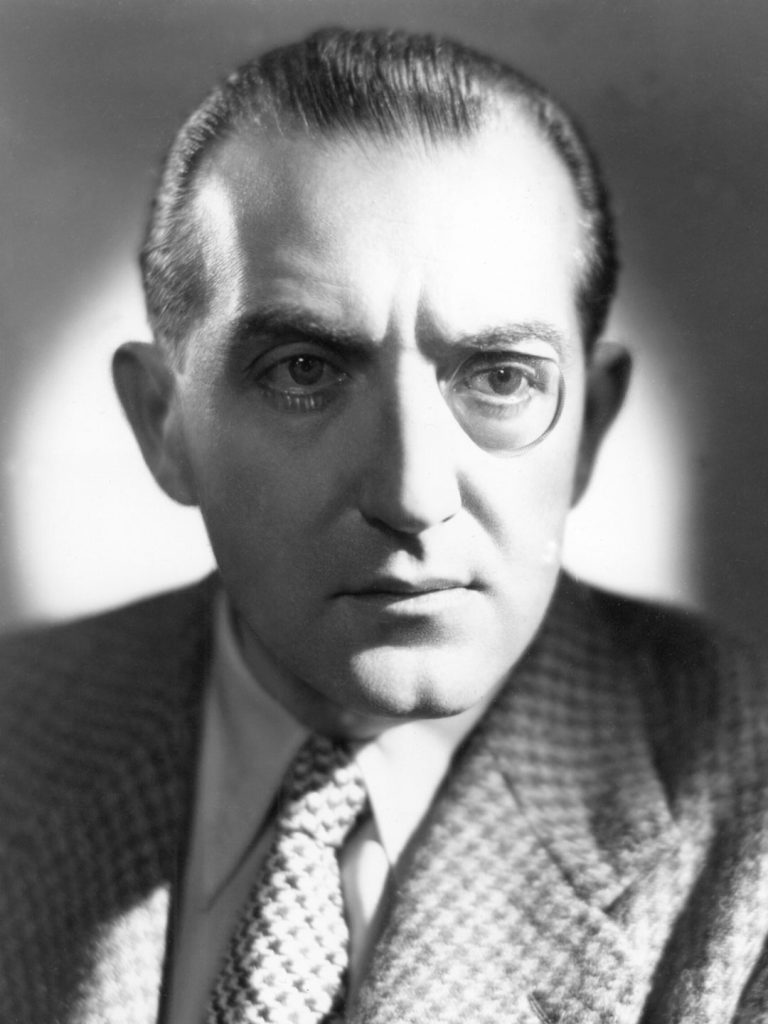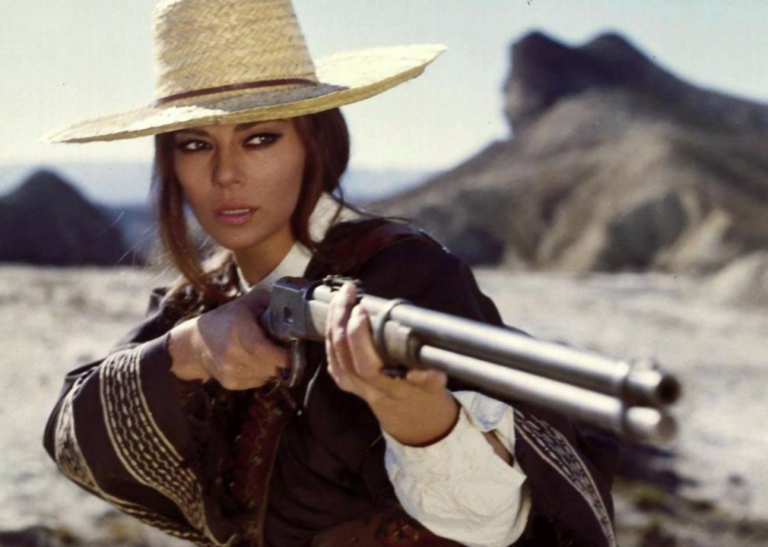From Black and White to Color: The Transition of Classic Hollywood Cinematography

In the history of cinema, the transition from black and white to color marked a significant milestone in the evolution of filmmaking. Classic Hollywood, renowned for its iconic black-and-white films, witnessed a dramatic shift as color technology emerged and forever changed the visual landscape of the silver screen. In this blog, we explore the journey from black and white to color cinematography, and how this transition shaped the art of storytelling in classic Hollywood.
For decades, black-and-white cinematography was the prevailing norm in classic Hollywood. From the silent era to the early sound films, filmmakers utilized the interplay of light and shadow to create stunning visual compositions. Black-and-white films, with their unique charm and timeless elegance, produced iconic masterpieces that continue to captivate audiences to this day.
The introduction of color technology in the 1930s revolutionized the film industry. The first successful color process, Technicolor, allowed filmmakers to capture vibrant hues and breathtaking landscapes on screen. The release of “Becky Sharp” in 1935 marked the first full-length feature film shot entirely in three-strip Technicolor, marking a new era of cinematic possibilities.
The shift to color cinematography opened up a whole new realm of creative expression for filmmakers. Directors, cinematographers, and art designers now had a broader palette to convey emotion, atmosphere, and the essence of their stories. Color added depth and richness to characters and settings, enhancing the cinematic experience and drawing audiences further into the narrative.
The 1940s and 1950s saw a surge of Technicolor musicals that showcased the exuberance of color on the screen. Films like “The Wizard of Oz,” “Singin’ in the Rain,” and “An American in Paris” are timeless classics that have become synonymous with the magic of Technicolor. These movies transported audiences to dazzling worlds of song and dance, made even more mesmerizing by the brilliance of color.
Even as color films dominated the landscape, black-and-white cinematography continued to hold its allure. Some directors deliberately chose to shoot in black and white to evoke a sense of nostalgia or to create a certain mood for their films. Masterpieces like “Casablanca,” “Psycho,” and “Schindler’s List” demonstrated that black and white could still evoke powerful emotions and storytelling elements.
As Hollywood advanced, some filmmakers experimented with merging color and black-and-white cinematography within the same film to serve different narrative purposes. This technique allowed for unique storytelling perspectives, emphasizing specific themes or transitions in the story.
The transition from black and white to color cinematography in classic Hollywood marked a groundbreaking shift in the art of filmmaking. While black and white remained an artistic choice for certain filmmakers, color technology opened up new realms of creativity, adding depth, beauty, and emotional impact to the silver screen. As we look back on the iconic classics of both eras, we appreciate the diversity of cinematic expression and the lasting impact of these pioneering advancements in the world of filmmaking.






